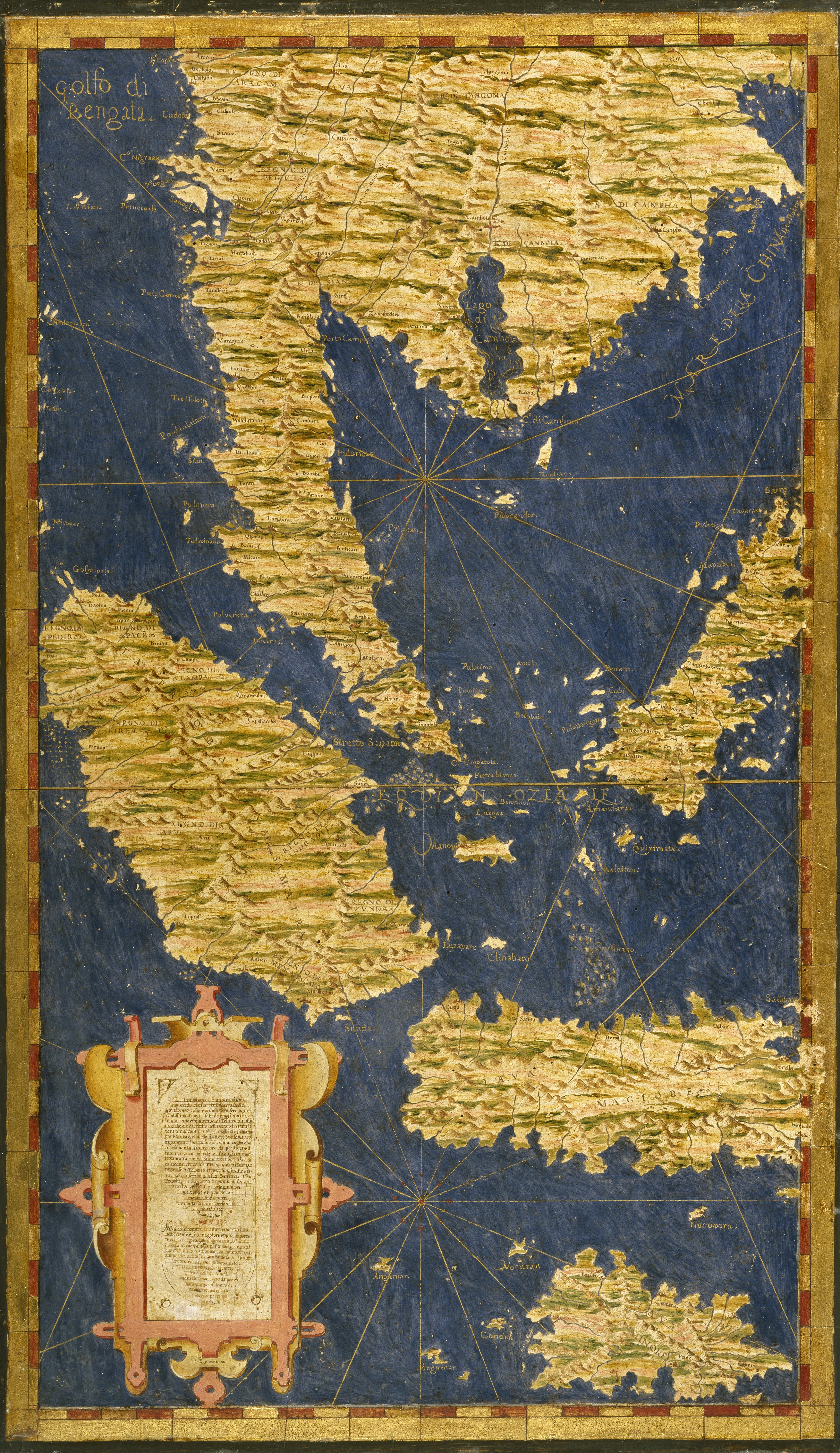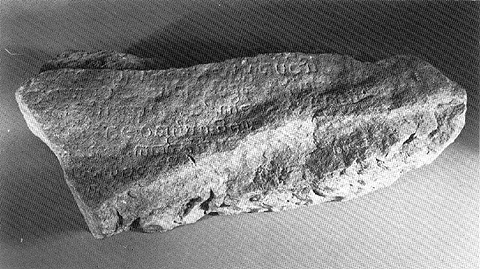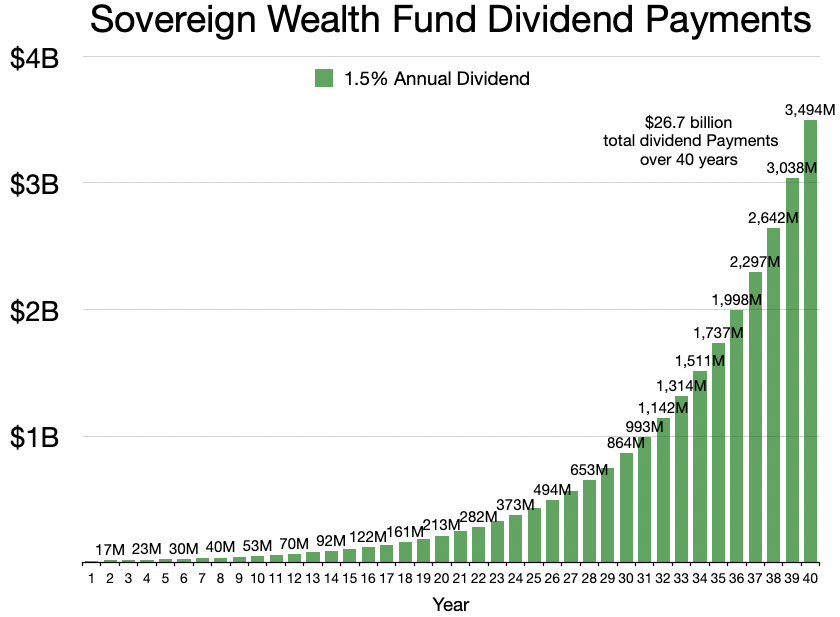|
Temasek
Temasek ( or , also spelt Temasik or Tumasik) is an early recorded name of a settlement on the site of modern Singapore. The name appears in early Malay and Javanese literature, and it is also recorded in Yuan and Ming Chinese documents as ''Danmaxi'' ( or ). Two distinct settlements were recorded in Temasek – Long Ya Men (Malay: ''Batu Berlayar'') and Ban Zu (Malay: ''Pancur''). Temasek is used in modern-day Singapore for national honours as well as institutions and corporations. Name The origin of the name Temasek was derived from the Malay word ''tasik'' meaning "lake" or "sea", and may mean here "place surrounded by the sea", or Sea Town. Another suggestion is that it may be a reference to a king of Srivijaya, Maharaja ''Tan ma sa na ho''. The name appears as ''Tumasik'' in the Nagarakretagama, an Old Javanese eulogy written in 1365, and may be analysed as the word ''tasik'' "sea" infixed by ''-um-'' (active verb infix). The name is also mentioned twice in the ' ... [...More Info...] [...Related Items...] OR: [Wikipedia] [Google] [Baidu] |
Kingdom Of Singapura
The Kingdom of Singapura ( Malay: ''Kerajaan Singapura'') was a Malay kingdom thought to have been established as a Hindu-Buddhist kingdom during the early history of Singapore on its main island Temasek from 1299 until its fall sometime between 1396 and 1398. Conventional view marks as the founding year of the kingdom by Sang Nila Utama (also known as "Sri Tri Buana"), whose father is Sang Sapurba, a semi-divine figure who according to legend is the ancestor of several Malay monarchs in the Malay World. The historicity of this kingdom based on the account given in the ''Malay Annals'' is uncertain and many historians only consider its last ruler, the Muslim Parameswara (or Sri Iskandar Shah), to be a historically attested figure in his role as the first ruler of the Malacca Sultanate. Archaeological evidence from Fort Canning Hill and the nearby banks of the Singapore River has nevertheless demonstrated the existence of a thriving settlement and a trade port in the 1 ... [...More Info...] [...Related Items...] OR: [Wikipedia] [Google] [Baidu] |
History Of Singapore
The history of the modern state of Singapore dates back to its founding in the early 19th century; however, evidence suggests that a significant trading settlement existed on the island in the 14th century. The last ruler of the Kingdom of Singapura, Parameswara, was expelled by the Majapahit or the Siamese before he founded Malacca. Singapore then came under the Malacca Sultanate and subsequently the Johor Sultanate. In 1819, British statesman Stamford Raffles negotiated a treaty whereby Johor would allow the British to locate a trading port on the island, ultimately leading to the establishment of the Crown colony of Singapore in 1867. Important reasons for the rise of Singapore were its nodal position at the tip of the Malay Peninsula flanked by the Pacific and Indian Oceans, the presence of a natural sheltered harbour, as well as its status as a free port. During World War II, Singapore was invaded and occupied by the Japanese Empire from 1942 to 1945. When the Japa ... [...More Info...] [...Related Items...] OR: [Wikipedia] [Google] [Baidu] |
Ban Zu
Ban Zu or Banzu (; Malay: ''Pancur'') was a port settlement believed to have thrived in Singapore during the 14th century. It is proposed to be located on Fort Canning Hill and the area on the north bank of the Singapore River basin between the hill and the sea. It was mentioned by the Chinese traveller Wang Dayuan in his work ''Daoyi Zhilüe'' together with Long Ya Men as the two settlements that made up Temasek. It may have been abandoned before 1400 after an attack by either the Siamese or the Majapahit. Name Ban Zu is likely a Chinese transcription of the Malay word ''pancur'' meaning "spring of water". Pancur is a common placename in the region. Fansur (Pansur) in Sumatra was known to the Arabs in the 10th century, and Fansur was also the name of a capital of Johor in the 16th century. A spring used to exist on the west side of Fort Canning Hill, called ''pancur larangan'' or "forbidden spring" in Malay, where the women of the royal household in old Singapura were said ... [...More Info...] [...Related Items...] OR: [Wikipedia] [Google] [Baidu] |
Sovereign Wealth Fund
A sovereign wealth fund (SWF), or sovereign investment fund, is a state-owned investment fund that invests in real and financial assets such as stocks, Bond (finance), bonds, real estate, precious metals, or in alternative investments such as private equity funds or hedge funds. Sovereign wealth funds invest globally. Most SWFs are funded by revenues from commodity exports or from foreign exchange reserves held by the central bank. Some sovereign wealth funds may be held by a central bank, which accumulates the funds in the course of its management of a nation's banking system; this type of fund is usually of major economic and fiscal importance. Other sovereign wealth funds are simply the state savings that are invested by various entities for investment return, and that may not have a significant role in fiscal management. The accumulated funds may have their origin in, or may represent, foreign currency deposits, gold, special drawing rights (SDRs) and International Moneta ... [...More Info...] [...Related Items...] OR: [Wikipedia] [Google] [Baidu] |
Singapore
Singapore, officially the Republic of Singapore, is an island country and city-state in Southeast Asia. The country's territory comprises one main island, 63 satellite islands and islets, and one outlying islet. It is about one degree of latitude () north of the equator, off the southern tip of the Malay Peninsula, bordering the Strait of Malacca to the west, the Singapore Strait to the south along with the Riau Islands in Indonesia, the South China Sea to the east, and the Straits of Johor along with the State of Johor in Malaysia to the north. In its early history, Singapore was a maritime emporium known as '' Temasek''; subsequently, it was part of a major constituent part of several successive thalassocratic empires. Its contemporary era began in 1819, when Stamford Raffles established Singapore as an entrepôt trading post of the British Empire. In 1867, Singapore came under the direct control of Britain as part of the Straits Settlements. During World ... [...More Info...] [...Related Items...] OR: [Wikipedia] [Google] [Baidu] |
Long Ya Men
Long Ya Men (; Malay: ''Batu Berlayar'') or Dragon's Teeth Gate, is the name Chinese explorer Wang Dayuan recorded for ''Batu Belayar'', a craggy granite outcrop that formerly stood at the gateway to Keppel Harbour in Singapore. In his description, “The strait runs between the two hills of the Danmaxi (Temasek) natives which looked like dragon’s teeth.” From there, the name Long Ya Men or Dragon Teeth’s Gate was born. The rocky outcrop served as a navigational aid to ancient mariners sailing through the swift waters of the narrow channel, but was subsequently destroyed by the British in 1848 to widen the channel for larger vessels to sail through. In 2005, a symbolic replica was erected by the Singapore government near its original site to mark the role it played in Singapore's maritime history. Long Ya Men was documented in Wang Dayuan's travelogue ''Daoyi Zhilüe'' as one of the two settlements of Temasek. It was marked in the Mao Kun navigational map historical m ... [...More Info...] [...Related Items...] OR: [Wikipedia] [Google] [Baidu] |
Sang Nila Utama
Sang Nila Utama was a prince from Palembang and is the founder of the Kingdom of Singapura in 1299. His official title adopted upon his coronation was Sri Tri Buana (), which can be translated as "Lord of Three Worlds"; the "Three Worlds" may refer to the three realms of the universe—the heaven of the gods, the world of humans, and the underworld of demons or his lordship over Java, Sumatra and Singapore, Temasek/Singapura. This title is attested to elsewhere in Southeast Asia. Sang Nila Utama died in 1347 and his son, Sri Wikrama Wira succeeded him. Malay Annals, ''Malay Annals'' stated that the name of the founder of Singapore was ''Sri Tri Buana'', who was later associated with the Maharaja of ''Bhumi Malayu'', ''Tribhuwanaraja, Srimat Tribhuwanaraja Mauli Warmadewa''. The account of his life and those of his successors is given in the ''Malay Annals''; the historicity of the events as recorded there is debated by scholars, and some contend that Sang Nila Utama may be a myth ... [...More Info...] [...Related Items...] OR: [Wikipedia] [Google] [Baidu] |
Malay Annals
The ''Malay Annals'' ( Malay: ''Sejarah Melayu'', Jawi: ), originally titled ''Sulalatus Salatin'' (''Genealogy of Kings''), is a literary work that gives a romanticised history of the origin, evolution and destruction of the Malacca Sultanate. The work, composed in the 17th century by court historians, draws from earlier accounts prior to that century, is considered one of the finest literary and historical works in the Malay language. The original text has undergone numerous changes, with the oldest surviving version from 1612, through the rewriting effort commissioned by the then regent of Johor, Raja Abdullah. It was originally written in Classical Malay on traditional paper in old Jawi script, but today exists in 32 different manuscripts, including those in Rumi script. Notwithstanding some of its mystical contents, historians have looked at the text as a primary source of information on past events verifiable by other historical sources, in the Malay world. In 2001, ... [...More Info...] [...Related Items...] OR: [Wikipedia] [Google] [Baidu] |
Wang Dayuan
Wang Dayuan (, fl. 1311–1350), courtesy name Huanzhang (), was a Chinese traveller from Jiangxi in the 14th century. He is known for his two major ship voyages. Wang Dayuan was born around 1311 at Hongzhou (present-day Nanchang). During 1328–1333, he sailed along the South China Sea and visited many places in Southeast Asia. He reached as far as South Asia and Australia, and landed in modern-day Bangladesh, Sri Lanka, and India, as well as areas close to modern-day Darwin, Australia. In 1334–1339 he visited North Africa and East Africa. Around 1330, Wang visited the island of Singapore Singapore, officially the Republic of Singapore, is an island country and city-state in Southeast Asia. The country's territory comprises one main island, 63 satellite islands and islets, and one outlying islet. It is about one degree ..., where he wrote about a small settlement called ''Danmaxi'' (, ) that had both Malay and Chinese residents, and already had an established ... [...More Info...] [...Related Items...] OR: [Wikipedia] [Google] [Baidu] |
Malay People
Malays ( ; , Jawi: ) are an Austronesian ethnoreligious group native to eastern Sumatra, the Malay Peninsula and coastal Borneo, as well as the smaller islands that lie between these locations. These locations are today part of the countries of Malaysia, Indonesia (eastern and southern Sumatra, Bangka Belitung Islands, West Kalimantan and Riau Islands), the southern part of Thailand ( Pattani, Satun, Songkhla, Yala and Narathiwat), Singapore and Brunei Darussalam. There is considerable linguistic, cultural, artistic and social diversity among the many Malay subgroups, mainly due to hundreds of years of immigration and assimilation of various regional ethnicity and tribes within Maritime Southeast Asia. Historically, the Malay population is descended primarily from the earlier Malayic-speaking Austronesians and Austroasiatic tribes who founded several ancient maritime trading states and kingdoms, notably Brunei, Kedah, Langkasuka, Gangga Negara, Chi Tu, Nakhon Si ... [...More Info...] [...Related Items...] OR: [Wikipedia] [Google] [Baidu] |
Mao Kun Map
Mao Kun map, usually referred to in modern Chinese sources as Zheng He's Navigation Map (), is a set of navigation charts published in the Ming dynasty military treatise '' Wubei Zhi''. The book was compiled by in 1621 and published in 1628; the name of the map refers to his grandfather Mao Kun () from whose library the map is likely to have originated. The map is often regarded as a surviving document from the expeditions of Zheng He in addition to accounts written by Zheng's officers, such as '' Yingya Shenglan'' by Ma Huan and '' Xingcha Shenglan'' by Fei Xin. It is the earliest known Chinese map to give an adequate representation of Southern Asia, Persia, Arabia and East Africa. Origin The map is thought by sinologist J.J.L. Duyvendak to have been part of the library of Mao Kun, a collector of military and naval material, who might have acquired it while he was the governor of Fujian. The map was included in ''Wubei Zhi'' edited by his grandson Mao Yuanyi, and ther ... [...More Info...] [...Related Items...] OR: [Wikipedia] [Google] [Baidu] |
Daoyi Zhilüe
''Daoyi Zhilüe'' ( zh, t=島夷誌略, s=岛夷志略, p=Dǎo Yí Zhì Lüè, w=Tao i chih lio) or ''Daoyi Zhi'' ( zh, t=島夷誌, s=岛夷志, p=Dǎo Yí Zhì, w=Tao i chih) which may be translated as ''A Brief Account of Island Barbarians'' or other similar titles, is a book written c. 1339 (completed c. 1349) by Yuan dynasty Chinese traveller Wang Dayuan recounting his travels to over a hundred places in South Asia, Southeast Asia, and Africa. The book was written in present-day Sri Lanka Sri Lanka, officially the Democratic Socialist Republic of Sri Lanka, also known historically as Ceylon, is an island country in South Asia. It lies in the Indian Ocean, southwest of the Bay of Bengal, separated from the Indian subcontinent, .... It described the weather, products, people, and customs of the places that Wang Dayuan visited. The timeline for Wang Dayuan's life and travels is: *1311 - born *1330 - sailed for the first time from Quanzhou *1334 - returned to Yuan dy ... [...More Info...] [...Related Items...] OR: [Wikipedia] [Google] [Baidu] |









